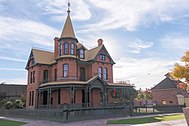Electrician in Chino Valley
Electrician Chino Valley
Here are some electrical tips for homeowners to ensure your home is safe from electricity hazards. Never overload an electrical outlet. Always keep electrical equipment dry, and unplug appliances when not in use. Avoid using extension cords and make sure your outlets are well insulated. Here are some other tips for electrical safety. These electrical tips for homeowners can save you from expensive damage and save your family from injuries. Keep reading for more information! We hope these tips are helpful.
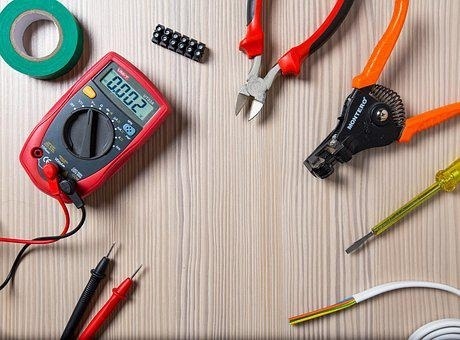
Electricians Chino Valley
When determining the conduit size, make sure to use one that is large enough to accommodate the required number of wires. Make sure that the conduit is large enough to accommodate the number of wires and the size of each. Failure to do so may result in excessive strain when drawing the cables through. Additionally, it can lead to damaged insulation. Fortunately, many conduit electrical wiring techniques do not require you to run a large number of wires through a single space.
Electrician in Chino Valley
Ask for three references before you hire an electrician. You should ask for three references from electricians. It is also possible to ask about the names of customers with difficult electrical systems that were installed or fixed by an electrician. A list of questions will help you to negotiate with an expert and put your mind at ease when hiring an electrician.

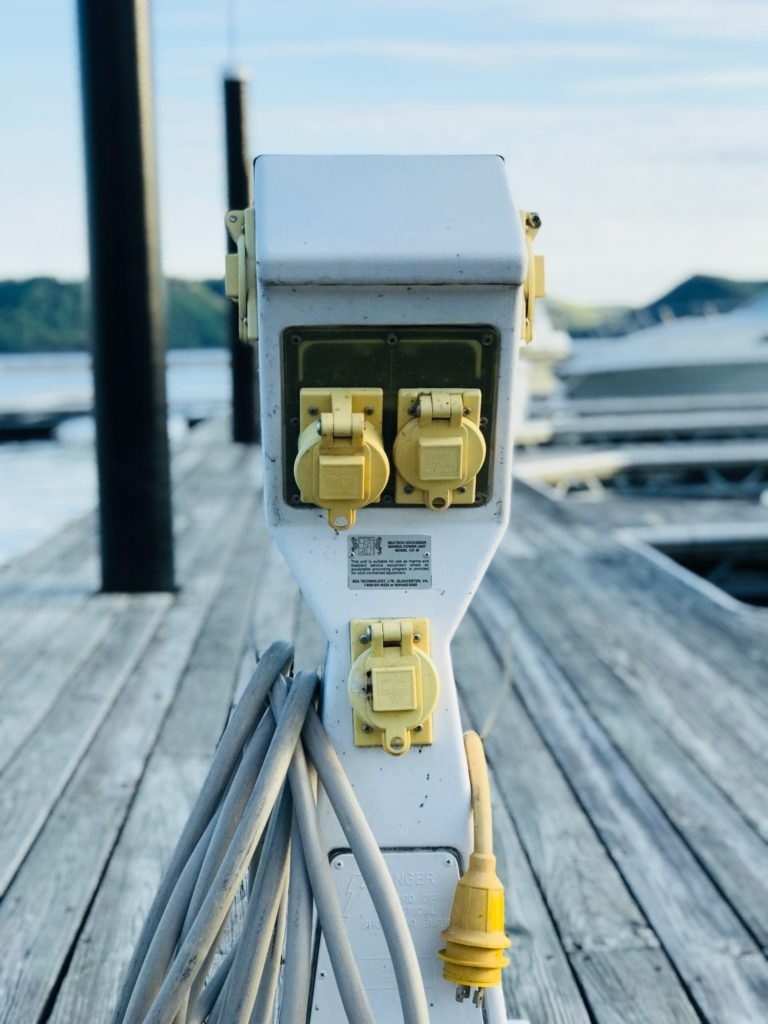
Electricians Chino Valley
Many contractors are exposed to electrical equipment. They must be familiar with hazards and electrical issues on the jobsite and proficient in reading and parsing documentation. They must meet the deadlines set by the client. They may also have organizational skills to ensure they meet all deadlines. They also have to be accurate. To remain safe on the job electrical contractors must be able plan complex projects to avoid dangers.
Chino Valley Electrician
Many people don't check that their electrician has the appropriate certification. Although someone might be experienced and qualified, it is easy not to know what the code requirements are or how large the problem is. These people are also vulnerable to theft and vandalism. Only licensed electricians have the ability to give you the assurance you need. Electrical Division is also available to support licensed electricians in case of emergency.
Electrician in Chino Valley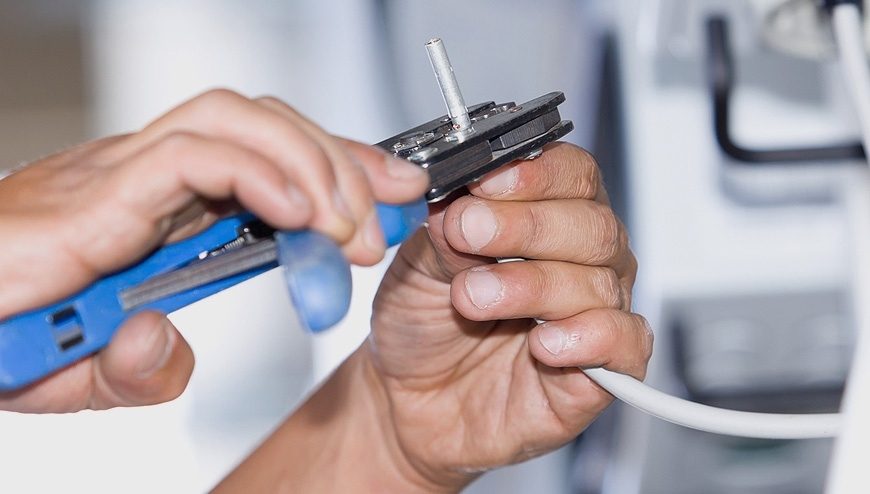
Electrician Chino Valley AZ
A job description for an electrician should include the company's name, job title, and responsibilities. Highlight any advantages for the prospective employee, such as potential for advancement and state-of-the-art equipment. List other benefits, such as medical insurance and 401K plans, and mention opportunities for advancement. Job descriptions should also highlight the electrician's knowledge of electrical safety and control systems, the use of company-provided safety equipment, and the use of programmable logic controllers.
Electricians Chino Valley Arizona
Second, read the customer reviews. You should also check for any testimonials. Ask other customers for recommendations or contact those who have hired the electrician for similar work. The testimonials of previous customers are an excellent way to determine the electrician's performance and experience. Similarly, you can visit the company website and contact customers who have had positive experiences with the electrician. When looking for reviews, look for positive ones overall. A good electrician will not have too many negative reviews, so you can safely ignore the ones with negative reviews.
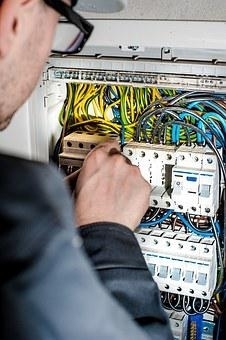
About Phoenix AZ
Phoenix, Arizona
|
Phoenix, Arizona
|
|
|---|---|
| City of Phoenix | |
|
Clockwise, from the top: Downtown Phoenix, St. Mary's Basilica, Rosson House, Mystery Castle, Camelback Mountain, Arizona State Capitol, Arizona Science Center, Chase Tower, and the Papago Park
|
|
|
|
|
| Nickname(s):
"Valley of the Sun", "The Valley"
|
|

Interactive map of Phoenix
|
|
Coordinates:  33°26′54″N 112°04′26″WCoordinates: 33°26′54″N 112°04′26″WCoordinates:  33°26′54″N 112°04′26″W 33°26′54″N 112°04′26″W |
|
| Country | United States |
| State | Arizona |
| County | Maricopa |
| Settled | 1867 |
| Incorporated | February 25, 1881 |
| Founded by | Jack Swilling |
| Named for | Phoenix, mythical creature |
| Government | |
| • Type | Council-Manager |
| • Body | Phoenix City Council |
| • Mayor | Kate Gallego (D) |
| Area | |
| • State Capital | 519.28 sq mi (1,344.94 km2) |
| • Land | 518.27 sq mi (1,342.30 km2) |
| • Water | 1.02 sq mi (2.63 km2) |
| Elevation | 1,086 ft (331 m) |
| Population
(2020)
|
|
| • State Capital | 1,608,139 |
| • Estimate
(2021)[3]
|
1,624,569 |
| • Rank | 5th in the United States 1st in Arizona |
| • Density | 3,102.92/sq mi (1,198.04/km2) |
| • Metro | 4,845,832 (11th) |
| Demonym | Phoenician |
| Time zone | UTC−07:00 (MST (no DST)) |
| ZIP Codes |
85001–85099
|
| Area codes | |
| FIPS code | 04-55000 |
| GNIS ID(s) | 44784, 2411414 |
| Major airport | Phoenix Sky Harbor International Airport |
| Secondary Airports | Deer Valley Airport Phoenix–Mesa Gateway Airport |
| Interstates | |
| U.S. Highways | |
| State Routes | |
| Public transportation | Valley Metro |
| Website | www |
Phoenix (/ˈfiːnɪks/ FEE-niks; Navajo: Hoozdo; Spanish: Fénix or Fínix,[citation needed] Walapai: Banyà:nyuwá[5]) is the capital and most populous city of the U.S. state of Arizona, with 1,608,139 residents as of 2020.[6] It is the fifth-most populous city in the United States,[7] and one of only two U.S. state capitals with a population of more than one million residents, along with Austin, Texas.[8][9][10]
Phoenix is the anchor of the Phoenix metropolitan area, also known as the Valley of the Sun, which in turn is part of the Salt River Valley. The metropolitan area is the 11th largest by population in the United States, with approximately 4.85 million people as of 2020.[9] Phoenix, the seat of Maricopa County, has the largest area of all cities in Arizona, with an area of 517.9 square miles (1,341 km2), and is also the 11th largest city by area in the United States.[11] It is the largest metropolitan area, both by population and size, of the Arizona Sun Corridor megaregion.
Phoenix was settled in 1867 as an agricultural community near the confluence of the Salt and Gila Rivers and was incorporated as a city in 1881. It became the capital of Arizona Territory in 1889.[12] It is in the northeastern reaches of the Sonoran Desert and has a hot desert climate.[13][14] Despite this, its canal system led to a thriving farming community with the original settlers' crops remaining important parts of the Phoenix economy for decades, such as alfalfa, cotton, citrus, and hay.[15][16] Cotton, cattle, citrus, climate, and copper were known locally as the "Five C's" anchoring Phoenix's economy. These remained the driving forces of the city until after World War II, when high-tech companies began to move into the valley and air conditioning made Phoenix's hot summers more bearable.[17]
The city averaged a four percent annual population growth rate over a 40-year period from the mid-1960s to the mid-2000s.[18] This growth rate slowed during the Great Recession of 2007–09, and has rebounded slowly.[19] Phoenix is the cultural center of the state of Arizona.[20] Phoenix is also majority minority, with 42.6% of its population identifying as Hispanic and 42.5% as "white" in the 2020 census.[21]




